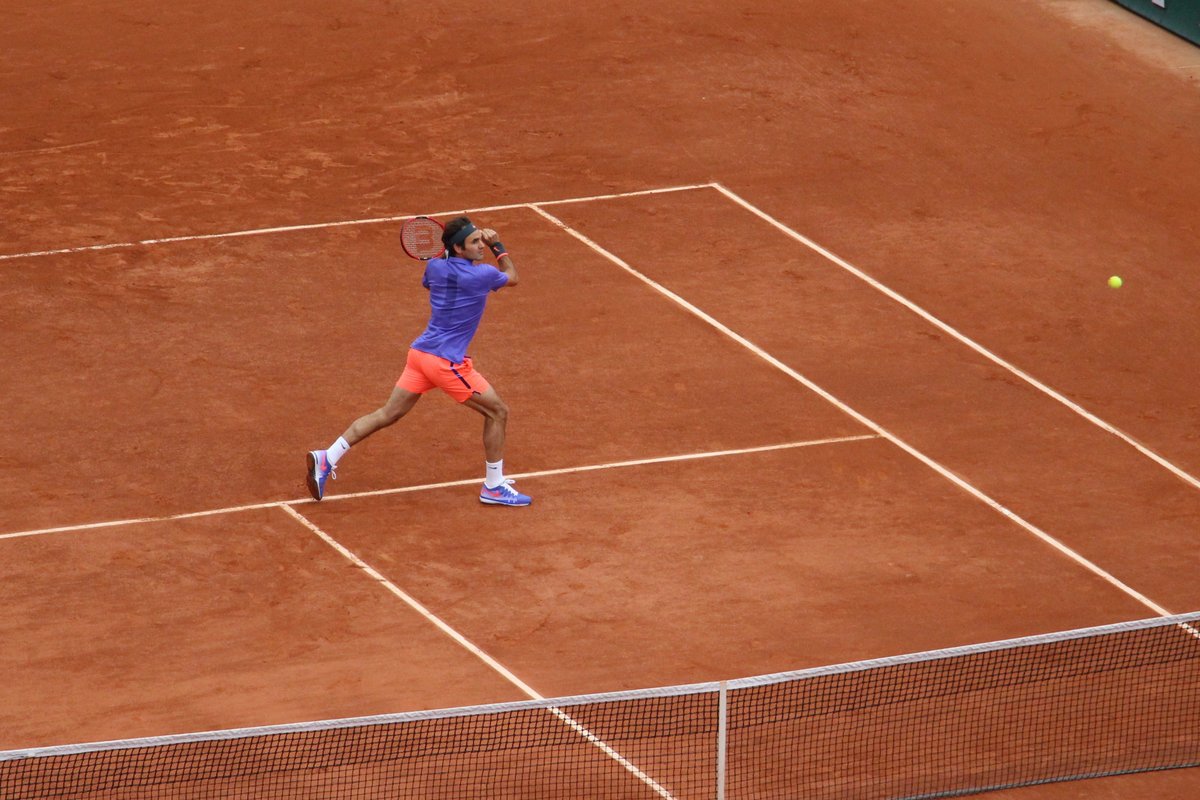
Four Key Aspects in Tennis #4: Creativity
The final aspect of the four crucial points in tennis is the broad concept of "Creativity". By this, I mean to highlight how tennis is not a static or unchanging sport; instead, techniques are constantly evolving and displaying remarkable variety.
Drop Volley
Take, for example, the shot known as the drop volley. A decade ago, this shot wasn't widely employed. However, it gained prominence and became a frequently used tactic, thanks to players like Wawrinka, Alcaraz, and Tiafoe, who possess exceptional ball control and touch. The drop volley is an inherently high-risk maneuver, requiring the skill to absorb the momentum of the opponent's shot. Nonetheless, it proves highly effective, particularly when facing an opponent positioned deep in the court. This dynamic evolution of techniques is a testament to the ever-shifting nature of tennis and its capacity for innovation.

The Tweener and The "Behind the Back" Shot
Other examples of "Creativity" in the sport of tennis are the Tweener and the "Behind the Back" Shot.
When faced with a lob from your opponent that forces you to sprint towards the back of the court, attempting to get behind the ball and execute an ordinary groundstroke can be excessively time-consuming. Moreover, delivering such a shot with pinpoint accuracy under the circumstances can border on the impossible. This is where the "Between the Leg" (aka Tweener or Hot-Dog) and "Behind the Back" shots come into play as superior alternatives!
They eliminate the need to execute a complete 180-degree turn and position oneself fully behind the ball. In these specific scenarios, these unconventional shots can be remarkably efficient and sensible choices. Take a look at the video below where Dominic Thiem executes two Tweeners in a row.
Change of pace
On today's tennis courts, you'll also encounter more advanced strategies, one of which is the "change of pace." This tactic involves manipulating the five ball characteristics of a shot: speed, spin, depth, height, and direction.
For instance, imagine hitting a slow-paced forehand slice deep down the line, bringing the opponent off-balance on the backhand. This situation would naturally force the opponent to hit a cross-court backhand, which you will follow up by a rapid, flat backhand down the line on the rise. This abrupt change in rhythm, visual perception, and ball characteristics can catch your opponent off guard, resulting in a weak shot that's easy for you to put away. You can even apply this strategy to your serves by occasionally delivering a slower first serve, disrupting your opponent's expectations.
The exemplary rally discussed above is a real-life point by Kei Nishikori against Novak Djokovic. ↓
In the realm of creative tactics, consider employing the "Second Serve Dash (Serve and volley on the second serve)" to surprise your opponent and gain the upper hand. All of these tactics stem from creativity and should be valued for their role in advancing your skills and strategies in tennis. Embracing creativity not only adds excitement to the game, but also opens up new avenues for improvement.
The video below shows Novak Djokovic going for a serve and volley on the second serve against Rafael Nadal.
Conclusion
Creative shots are not just effective but also add an element of class, style, and brilliance to your tennis game. Learning how to execute these shots can undeniably enhance the joy of playing tennis. Moreover, there are numerous other creative techniques to explore, such as the angle volley, racket switch, and the no-look shot!
この記事が気に入ったらサポートをしてみませんか?
